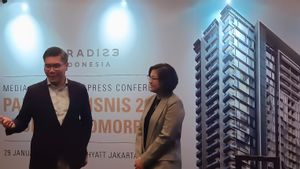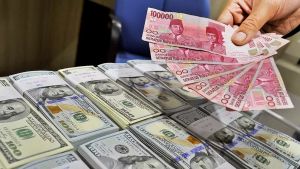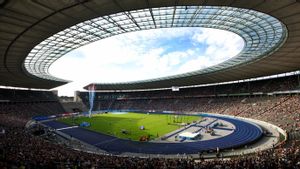
YOGYAKARTA - In the business world, there is a term shrinkage of assets or value of goods. Depreciation or shrinkage of assets in accounting bases refers to an accumulation of costs allocated for fixed assets over a certain period.
Business owners or companies need to know how to calculate shrinkage costs.
Depreciation or shrinkage is a way for businesses to allocate fixed asset costs during their benefits. The shrinkage also shows how much value of assets has been used by businesses or companies. Calculation of these assets is very important to understand because it affects net profit in financial reports.
There are two aspects in the depreciation or shrinkage of assets in the business. The first aspect is a decrease in the value of assets over time. The second aspect is to allocate the initial price paid for certain assets during the period of use time. So how to calculate the cost of asset shrinkage?
Asset shrinkage or depreciation can be interpreted as something that can change the original cost of fixed assets (fixed assets). For example, the value of the assets of work tools, factory buildings, and production machines that are a burden during the benefit period expected from the use of fixed assets.
Depreciation will generally affect the value of a company because the accumulation of depreciation in each asset can reduce the book value on the balance sheet. Therefore, it is important to know how to calculate the cost of asset shrinkage as follows:
The asset shrinkage can be calculated every month with the following method of calculating:
Business owners can calculate the cost of shrinking assets using a straight-line method or straight-line method. This method is a way of calculating the cost of asset shrinkage that is often applied in accounting. This method places a focus on calculating on time-based shrinkage, not on its use function.
The formula calculates the cost of shrinking assets by the straight-line method, which is as follows:
Decreasing change method or downward load depreciation is an asset shrinkage calculation method that can also be applied by business owners. This calculation method is an accelerated shrinkage in which it provides higher shrinkage costs at the beginning of the year and becomes low in the next period.
This downward load method focuses on the burden of more shrinkages at the beginning of the year, as the activation decreased in that year. The formula calculates the shrinkage by a reduced free method which is divided into two, namely the method of the number of years and the method of decreasing balances.
How to calculate the cost of asset shrinkage in this method is done by taking an estimated age of assets and summing digits for each year. For example, if the asset is assumed to last up to five years, the amount of the year's digit will be calculated by adding 5+4+3+2+1 to get a total of 15.
Then each digit is divided by this amount to determine the percentage where the value of the asset must be investigated every year. Determination of the percentage starts with the highest number in the year 1 or early days. The following is the formula for calculating the cost of asset shrinkage by the method of number of years:
Depreciation Fee = (The remaining period of use of assets is the amount of usage of assets) x the value of the residue
Business owners can also calculate the cost of shrinking assets using a reduced balance method. By applying this method, you need the value of an asset book in order to multiply it with a straight line depreciation rate.
Next multiplied by this amount with the expected depreciation rate, up to 200 percent. In objects or assets with benefits for five years, it will allow you to take the cost of shrinking up to 40 percent in the first year of use.
The next method of calculating the cost of asset shrinkage is the depreciation method based on use.
This method is an alternative way to depreciate assets based on usage time. After reducing the remaining value of the book value, you can share it with an estimated total asset production during its use period.
This amount will then be multiplied by actual production of assets to determine the accumulation of the shrinkage load, up to the same book value as the residue value. The method of calculating this shrinkage may be useful in cases where most production can occur in the future in the term of use of assets.
관련 항목:
Those are some methods or how to calculate the shrinkage of assets that can be applied by business owners. Each method has a calculation method that must be adjusted to each type of asset. Also read what revenue is and what is the difference with income in the business.
Stay up to date with the latest domestic and other overseas news on VOI. We present the latest and most updated nationally and internationally.
The English, Chinese, Japanese, Arabic, and French versions are automatically generated by the AI. So there may still be inaccuracies in translating, please always see Indonesian as our main language. (system supported by DigitalSiber.id)















